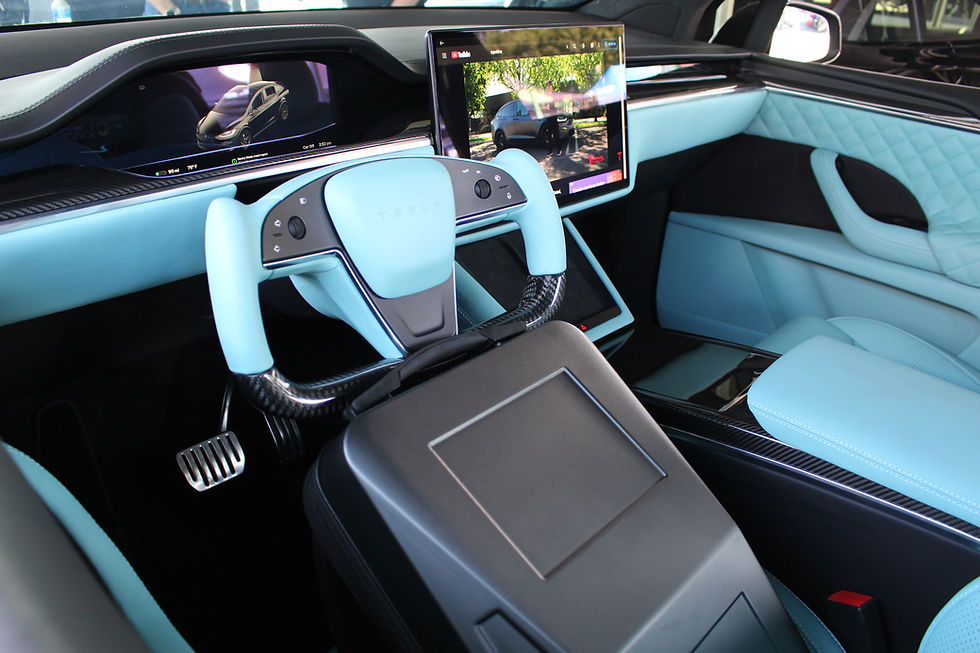Collision Repair News: New Technology, the future is here.
- AustinJ

- Apr 8, 2023
- 2 min read

Welcome to the latest edition of Collision Repair News, your source for all things related to the auto body industry. In this post, we will share some of the most exciting developments and trends that are shaping the future of collision repair.
First, let's talk about the rise of advanced driver assistance systems (ADAS), which are designed to help drivers avoid or mitigate crashes. ADAS features such as lane keeping assist, blind spot detection, adaptive cruise control, and automatic emergency braking are becoming more common in newer vehicles, and they pose new challenges and opportunities for collision repair shops. According to a recent report by IHS Markit, the global ADAS market is expected to grow from $27.4 billion in 2020 to $83.8 billion in 2025, with a compound annual growth rate of 25%. This means that collision repair shops need to invest in the proper equipment, training, and certification to handle ADAS repairs and recalibrations, or risk losing customers to dealerships or competitors.

Second, let's look at the impact of electric vehicles (EVs) on collision repair. EVs are becoming more popular among consumers and fleet owners, thanks to their (controversial) environmental benefits, lower maintenance costs, and improved performance. However, EVs also have unique features and components that require special care and attention during collision repair. For example, EVs have high-voltage batteries that need to be disconnected and isolated before any work can be done on the vehicle. EVs also have different structural designs and materials that may require different welding techniques and tools. Collision repair shops need to be aware of these differences and follow the manufacturer's guidelines and safety protocols when working on EVs.
Third, let's explore the role of digital technology in collision repair. Digital technology is transforming every aspect of the collision repair process, from estimating and scheduling to diagnostics and quality control. For instance, some collision repair shops are using mobile apps and online platforms to communicate with customers, send photos and videos of the damage, provide estimates and invoices, and collect feedback. Some shops are also using artificial intelligence (AI) and machine learning (ML) to analyze vehicle data and images, identify damage areas, recommend repair methods, and optimize workflows. Digital technology can help collision repair shops improve efficiency, accuracy, customer satisfaction, and profitability.
These are just some of the topics that we will cover in more detail in our upcoming posts. Stay tuned for more Collision Repair News and don't forget to subscribe to our newsletter for the latest updates. Thank you for reading and have a great day!
![[Original size] 360 Collision (9).png](https://static.wixstatic.com/media/34eb03_420d1cf7adb047d0a2e0ff6671df30bf~mv2.png/v1/fill/w_459,h_92,al_c,q_85,usm_0.66_1.00_0.01,enc_avif,quality_auto/%5BOriginal%20size%5D%20360%20Collision%20(9).png)
Comments